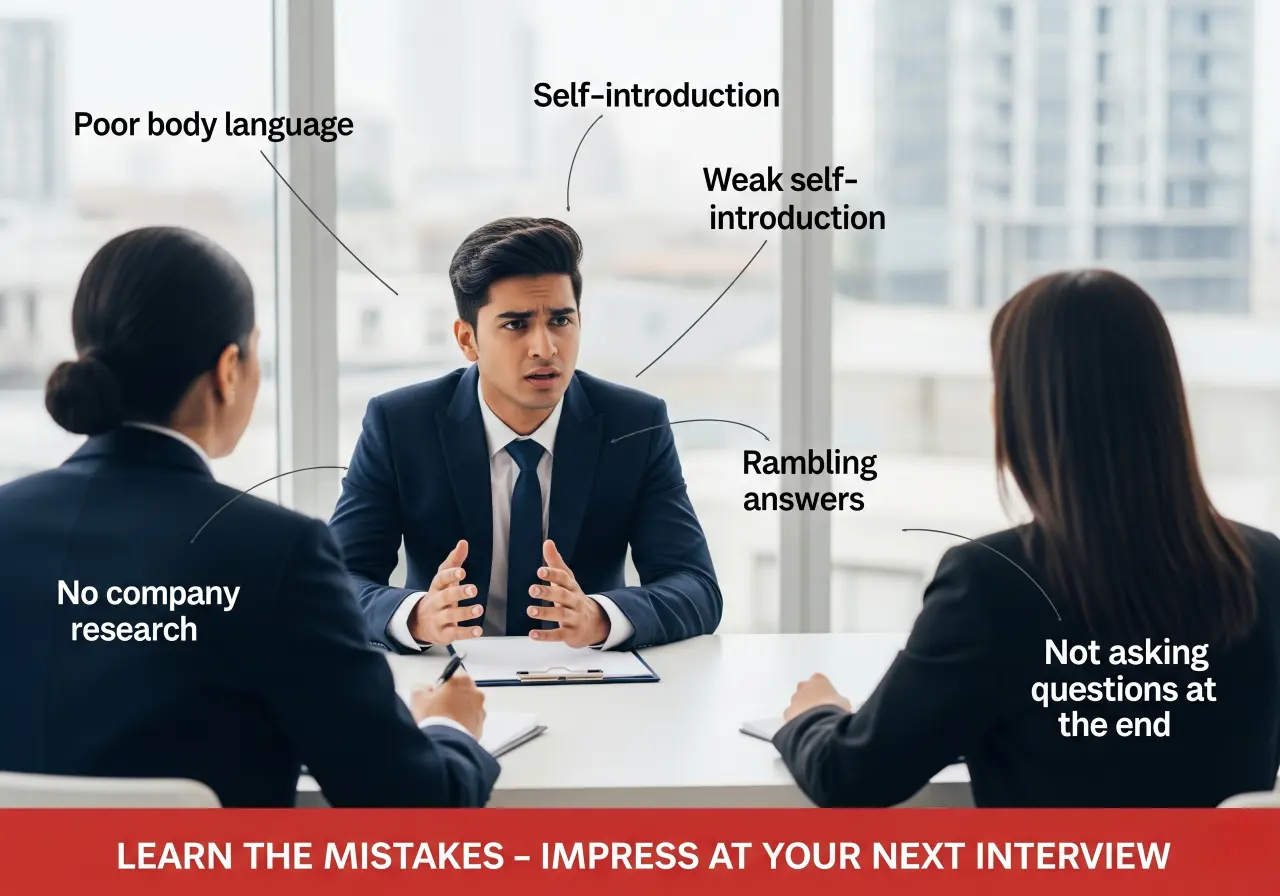
Job Search Timeline: Month-by-Month Plan for Final Year Students
70% of students who secure jobs before graduation start their search 6+ months early. Those who wait until after graduation spend an average of 7.4 months job hunting. The difference? Strategic planning.
Your final year isn't just about completing coursework—it's your launchpad into the professional world. This month-by-month timeline will help you navigate the job search systematically while balancing academics.
📅 August-September: Foundation Building
While classmates are in summer mode, you're building your career foundation. This is when winners separate themselves from the crowd.
✅ Key Tasks: Complete skills inventory, update resume and LinkedIn, research 15-20 target companies, set specific job search goals (3-5 applications weekly).
Create different resume versions for different career paths. Your LinkedIn profile needs a professional headshot, compelling headline, and keyword-rich summary—80% of recruiters use LinkedIn to find candidates.
🎯 October: Research & Network Launch
October shifts from preparation to action. With your foundation set, it's time to research employers and build your professional network.
✅ Key Tasks: Deep-dive research on target companies, connect with 5-10 alumni, attend fall career fairs, schedule 2-3 informational interviews.
Remember: 70% of jobs are never publicly advertised—they're filled through connections. Start building relationships now, not when you need them.
📝 November: Application Materials Mastery
November is about perfecting your application materials. Your resume got you this far, but now you need cover letters and portfolios that stand out.
✅ Key Tasks: Develop master cover letter template, create professional portfolio, build 'success stories' document using STAR method, get materials reviewed by career services.
Focus on translating academic projects into professional skills. Replace 'Completed a project on X' with 'Designed and implemented X, resulting in Y outcome.'
🎯 December: Early Applications & Interview Prep
December is prime time for early applications. Many large corporations and government agencies recruit 6-8 months in advance with December deadlines.
✅ Key Tasks: Apply to leadership development programs, target winter recruitment cycles, follow up on career fair connections, practice common interview questions.
Start interview preparation now. Develop a compelling 60-90 second 'tell me about yourself' response and practice behavioral questions using the STAR format.
🚀 January: Full Application Mode
New year, new opportunities. January brings a surge of hiring activity as companies finalize their budgets and hiring plans.
✅ Key Tasks: Set weekly application targets, create application tracking system, expand network to second-degree connections, join industry-specific communities.
Quality trumps quantity, but maintain consistent momentum. Customizing your materials for each application can increase interview chances threefold.
💼 February: Interview Mastery
As applications generate interviews, February becomes about mastering the interview process and preparing for potential offers.
✅ Key Tasks: Participate in mock interviews, master virtual interview environments, research compensation benchmarks, develop negotiation strategy.
Prepare thoughtful questions that demonstrate your research and strategic thinking. Avoid basic questions about information readily available on the company website.
🎯 March-April: Final Push & Decision Making
The final months bring both the culmination of your efforts and critical decision-making processes as offers start arriving.
✅ Key Tasks: Target late-cycle recruitment, attend spring career fairs, evaluate and compare offers, negotiate effectively, make final decisions.
When negotiating entry-level offers, focus on the entire package. Areas often open to negotiation include start date, signing bonus, relocation assistance, and professional development opportunities.
🎓 May: Transition Planning
With your job secured and graduation approaching, May is about preparing for a smooth transition from student to professional.
✅ Key Tasks: Complete background checks and paperwork, plan professional wardrobe, organize relocation if needed, understand first-week expectations.
Connect with your new manager or HR contact to understand arrival time, orientation schedule, required preparation, and first assignments.
🚨 Industry-Specific Timelines
Different industries have different recruitment cycles. Adjust your timeline accordingly for maximum success.
✅ Early Recruiters (Aug-Dec): Consulting, Investment Banking, Big Tech, Government, Leadership Development Programs
✅ Mid-Cycle Recruiters (Jan-Mar): Most corporations, Healthcare, Education, Non-profits, Mid-size companies
✅ Late-Cycle Recruiters (Apr-Jun): Startups, Small businesses, Seasonal industries, Last-minute openings
📊 Success Metrics to Track
Monitor your progress with these key metrics to stay on track and adjust your strategy as needed.
✅ Monthly Targets: Applications submitted, Networking connections made, Interviews scheduled, Follow-ups completed, Skills developed
Aim for: 15-20 applications per month, 5-10 new connections, 2-3 interviews, 100% follow-up rate on interviews, 1 new skill learned monthly.
🚫 Common Timeline Mistakes to Avoid
Learn from others' mistakes to avoid these common pitfalls that derail job searches.
❌ Fatal Errors: Starting too late, applying without research, neglecting networking, poor interview preparation, weak follow-up, unrealistic expectations
Most students start too late and panic apply everywhere. Those who follow a systematic timeline have 3x higher success rates.
🎯 No-Offer Contingency Plan
If you're still without an offer as graduation approaches, don't panic—develop a structured post-graduation search strategy.
✅ Options: Contract/freelance opportunities, gap year programs, continued networking, skill development, alumni resources
Many organizations hire year-round. Persistence and continued networking often lead to opportunities within 3-6 months of graduation.
📋 Monthly Checklist Summary
- **Aug-Sep**: Skills inventory, resume update, LinkedIn optimization, target company research
- **October**: Alumni connections, career fairs, informational interviews, company research
- **November**: Cover letter templates, portfolio creation, success stories, material reviews
- **December**: Early applications, interview practice, leadership program applications
- **January**: Application tracking, network expansion, weekly application targets
- **February**: Mock interviews, virtual interview setup, compensation research
- **March-April**: Late-cycle applications, offer evaluation, negotiation preparation
- **May**: Transition planning, paperwork completion, professional preparation
🏆 Success Stories: What Works
Students who follow systematic timelines consistently outperform those who don't. Here's what successful graduates do differently.
✅ Winners: Start early, network consistently, customize applications, prepare thoroughly, follow up religiously, negotiate confidently
The most successful graduates often have multiple offers to choose from because they started early and maintained consistent effort throughout their final year.
Career Campus Pro
Published on
Need help with your resume?
Get a free resume review via WhatsApp!

-Photoroom.webp)


.webp)